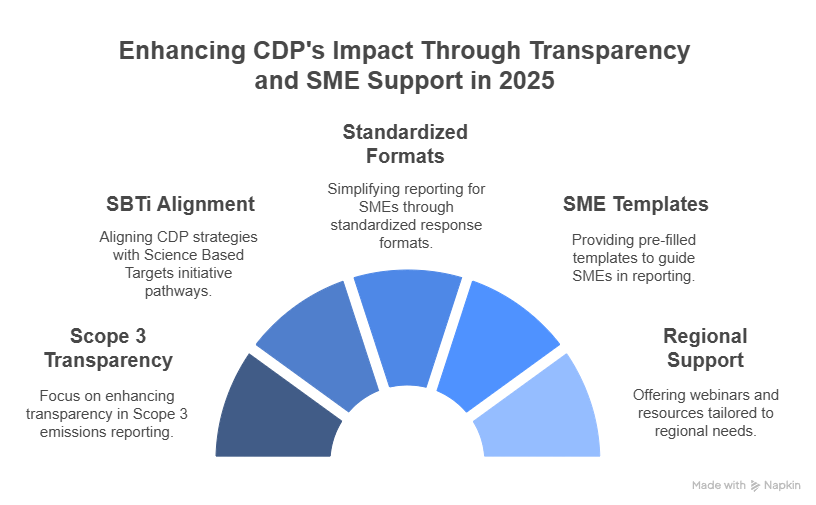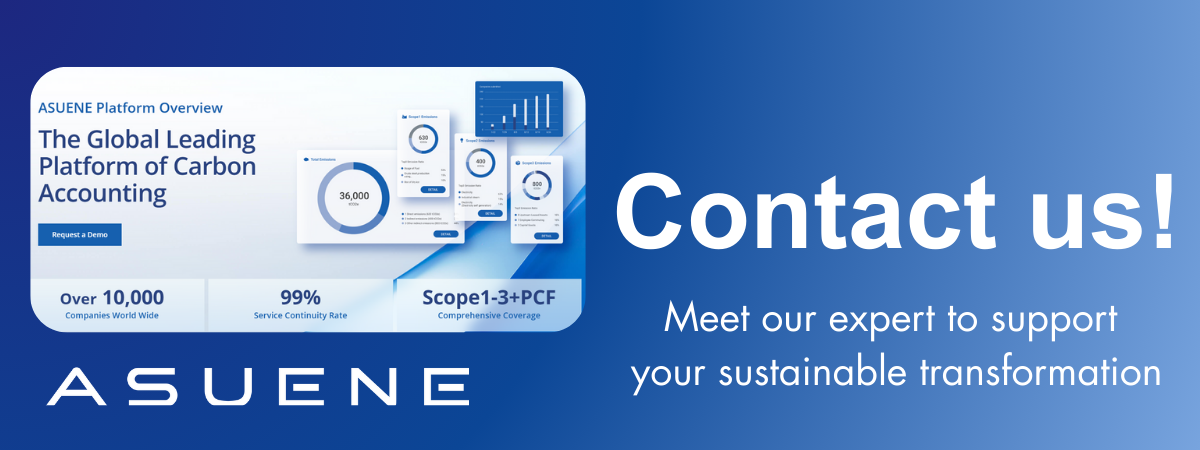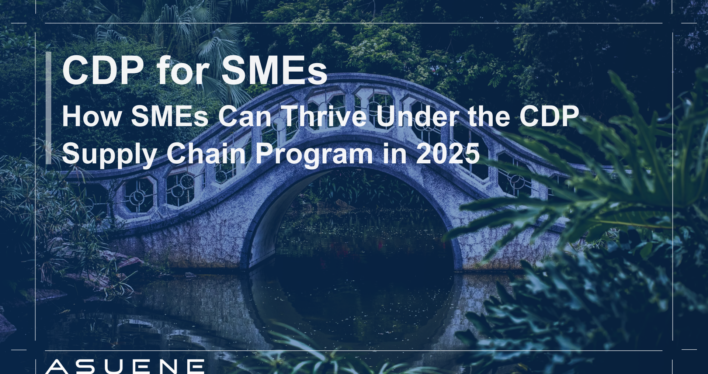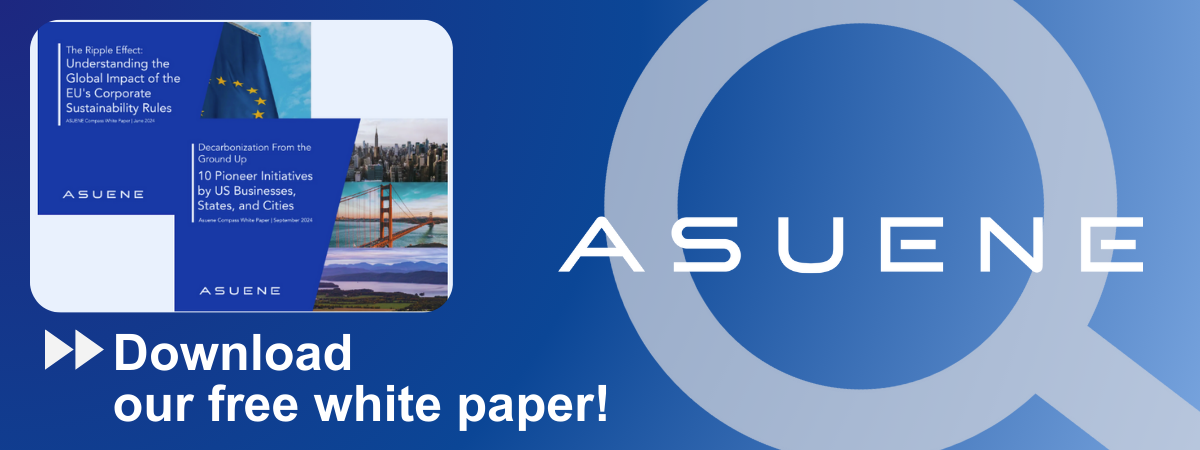- Article Summary
-
As the pressure to decarbonize intensifies globally, large corporations are increasingly leveraging their supply chains to meet sustainability goals. In this context, the CDP Supply Chain Program has emerged as a key mechanism for cascading climate-related expectations to suppliers, including small and medium-sized enterprises (SMEs). While SMEs often lack the resources and infrastructure of larger counterparts, their role in achieving Scope 3 emission reductions is critical. This article explores how SMEs can not only adapt to the requirements of CDP’s Supply Chain Program in 2025 but also leverage it for competitive advantage, enhanced visibility, and long-term resilience.
Understanding the CDP Supply Chain Program in 2025
CDP’s Supply Chain Program enables purchasing organizations to engage suppliers on climate, water, and deforestation issues. As of 2025:
| Metric | 2025 Data |
|---|---|
| Participating Corporations | 350+ |
| SME Suppliers Engaged | 18,000+ |
| Reporting Focus | Scope 3, SBTi alignment, Water, Forests |

Key updates in 2025:
- Emphasis on Scope 3 transparency
- Alignment with SBTi pathways
- Standardized response formats to ease SME burden
- SME-tailored templates with pre-filled guidance
- Regional webinars and support resources
These changes reflect the growing role of SMEs in supply chain decarbonization and the push to reduce administrative complexity.
Why SMEs Matter More Than Ever
SMEs represent over 90% of businesses globally and contribute substantially to employment and GDP. In supply chains, they often occupy upstream positions. Their influence includes:
- Component and material production
- Energy-intensive processing
- Logistics and transportation services
Case Insight: A multinational electronics company disclosing via CDP engages 500+ SME suppliers, which together account for up to 60% of its Scope 3 emissions.
For ESG reporting, these SMEs:
- Enable investor-grade emissions data
- Support compliance with EU CSRD
- Contribute to SBTi-aligned targets
Proactive SMEs are increasingly recognized as preferred partners in competitive procurement.

Practical Steps for SMEs to Succeed in CDP Engagement
For SMEs beginning their CDP journey, structured action is key. Here’s a simplified roadmap:
- Start with Materiality
Identify major environmental impacts (e.g., energy, transport) relevant to your buyer. - Leverage CDP Tools
Access SME-specific templates, sector guides, and webinars provided by CDP. - Build Internal Capacity
Assign a sustainability lead; centralize utility bills, invoices, and resource data. - Use Templates
Pre-filled documents reduce complexity—especially when tailored by sector and country. - Engage Your Buyers
Proactively communicate to clarify expectations, timelines, and materiality focus.
| Step | Description | Tools Available |
| 1. Materiality | Focus on high-impact areas | CDP Guidance Notes |
| 2. Tools | Simplify reporting | SME Portal & Webinars |
| 3. Capacity | Identify internal leads | Internal Audit Sheets |
| 4. Templates | Save time and ensure quality | Pre-filled Sector Docs |
| 5. Buyer Engagement | Clarify expectations | Email Templates & Checklists |
Business Value Beyond Compliance
CDP participation isn’t just a requirement—it’s a growth opportunity. Here’s what SMEs gain:
- Market Access: Preferred supplier status in RFPs and global procurement systems
- Brand Trust: Clear climate action builds credibility
- Cost Savings: Efficiency gains through emissions tracking
- Funding Readiness: CDP data strengthens green finance applications
Extended Benefits:
- Eligibility for SBTi SME pathway
- Support in CSRD-aligned disclosure
- Enhanced visibility with climate-conscious investors
Conclusion
In 2025, the CDP Supply Chain Program represents a powerful lever for advancing climate action deep into global value chains. For SMEs, participation may seem daunting, but the evolving framework provides tailored support, streamlined processes, and tangible business incentives.
By embracing this opportunity, SMEs can shift from passive compliance to strategic engagement—strengthening resilience, boosting competitiveness, and playing a pivotal role in the global transition to a low-carbon economy.
“SMEs are not just part of the supply chain—they are the climate catalysts within it.”
Why Work with ASUENE Inc.?
Asuene is a key player in carbon accounting, offering a comprehensive platform that measures, reduces, and reports emissions, including Scope 1-3, with expertise in decarbonization. Asuene serves over 10,000 clients worldwide, providing an all-in-one solution that integrates GHG accounting, ESG supply chain management, a Carbon Credit exchange platform, and third-party verification.
ASUENE supports companies in achieving net-zero goals through advanced technology, consulting services, and an extensive network.

